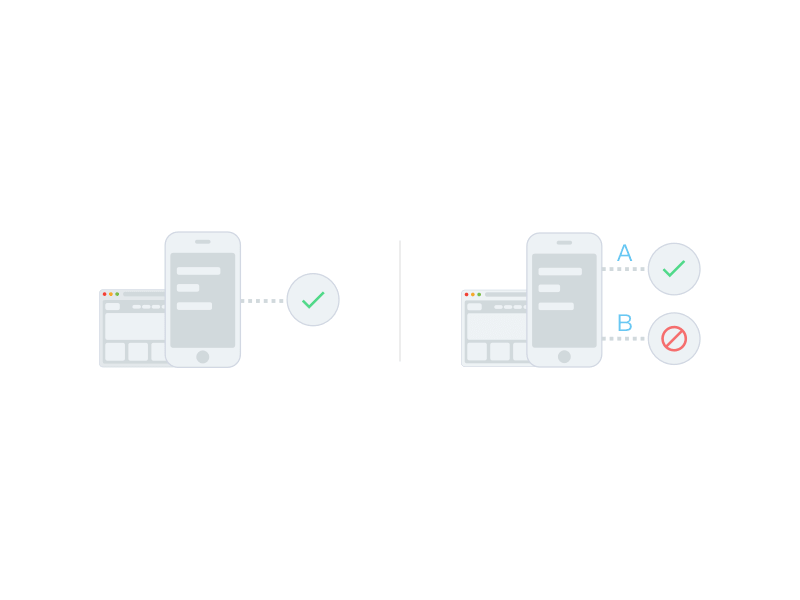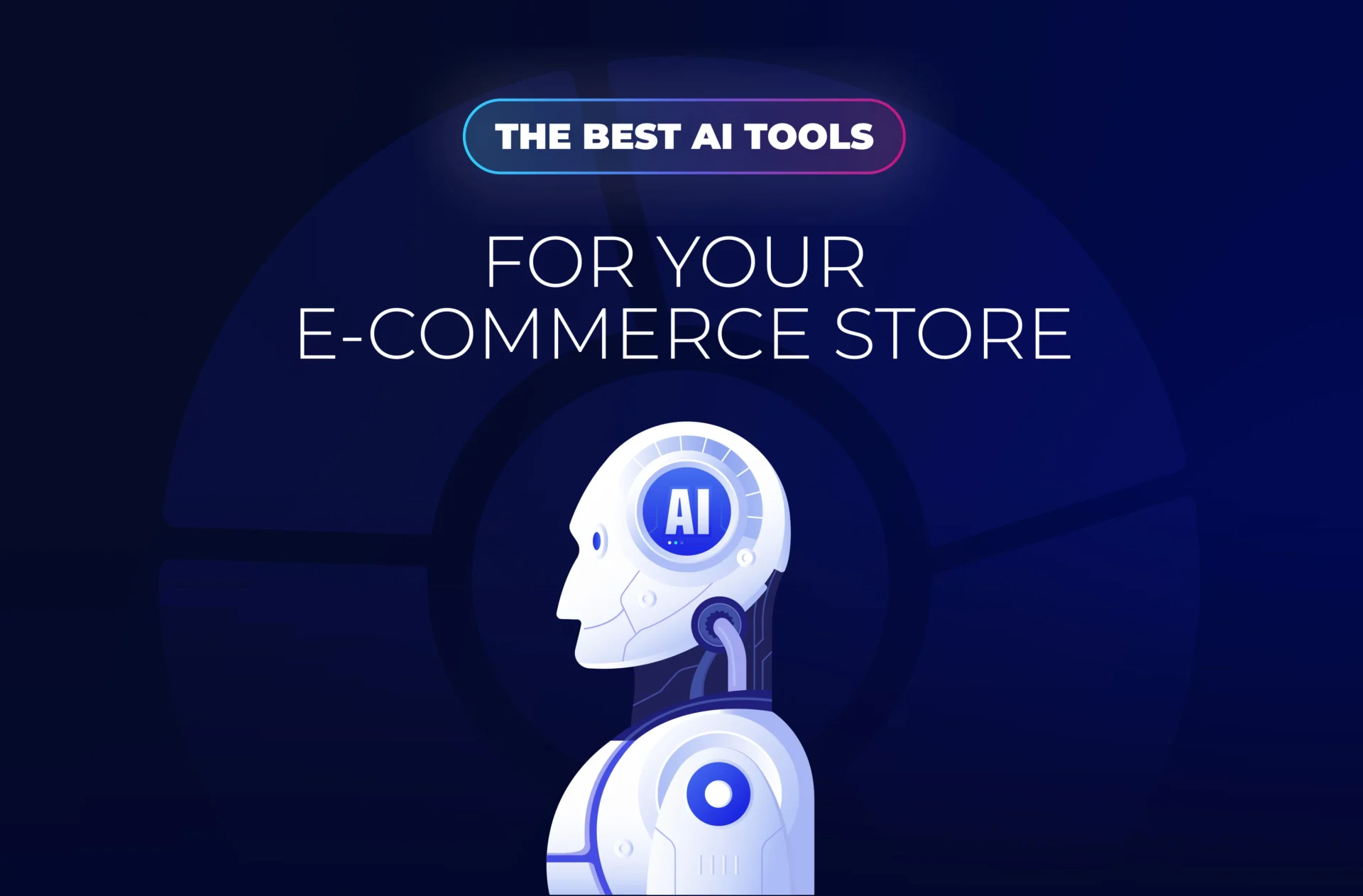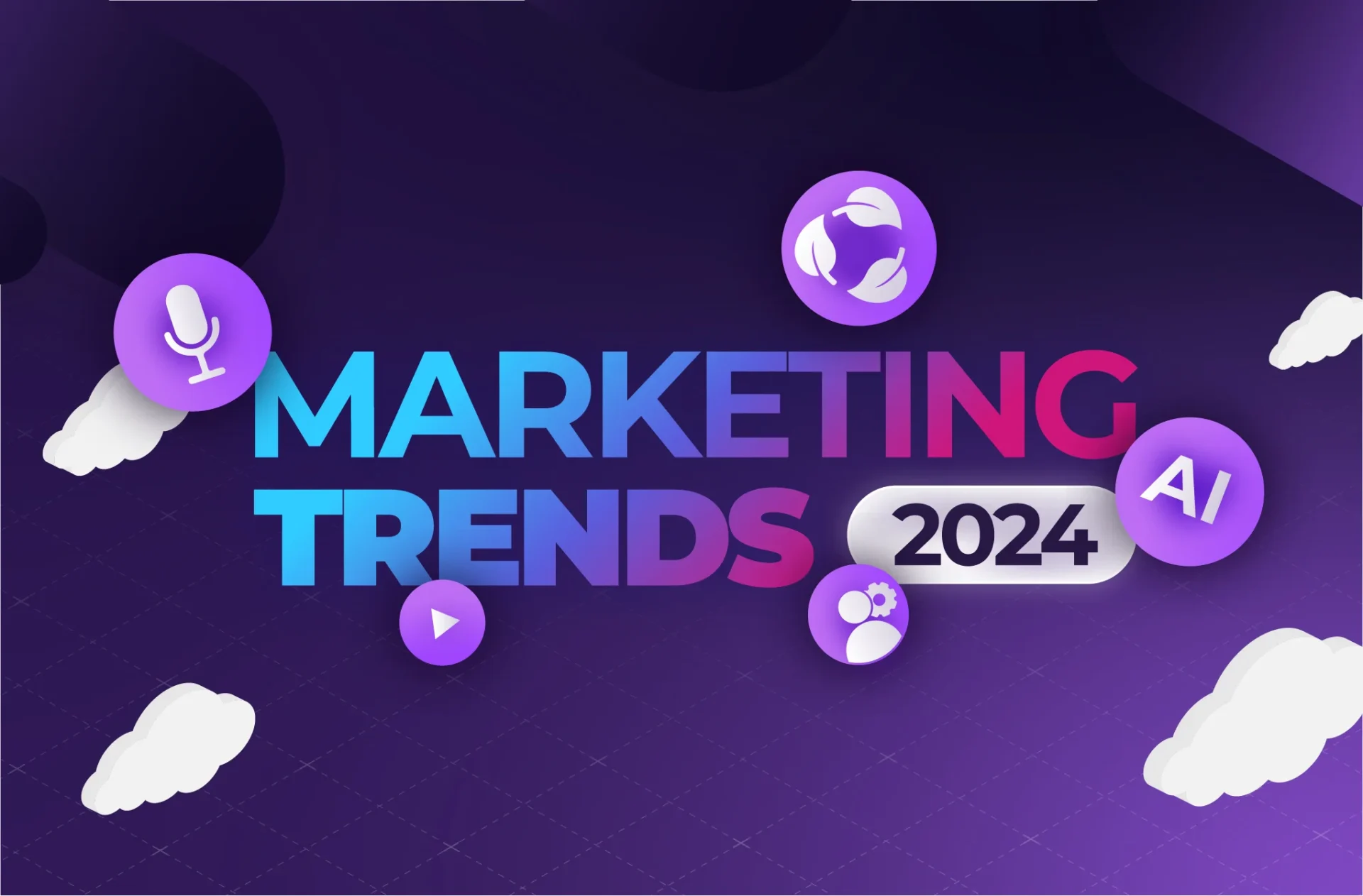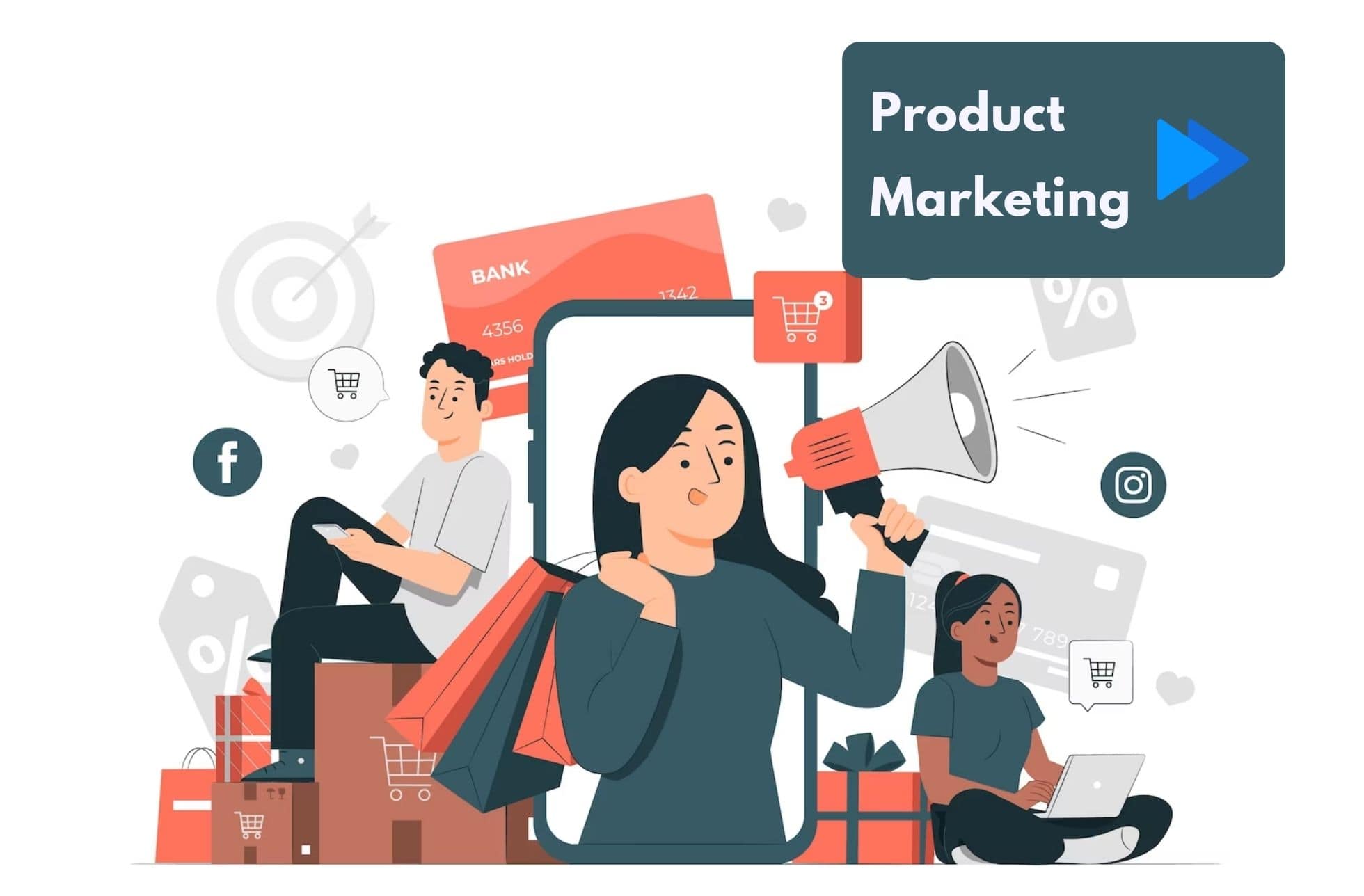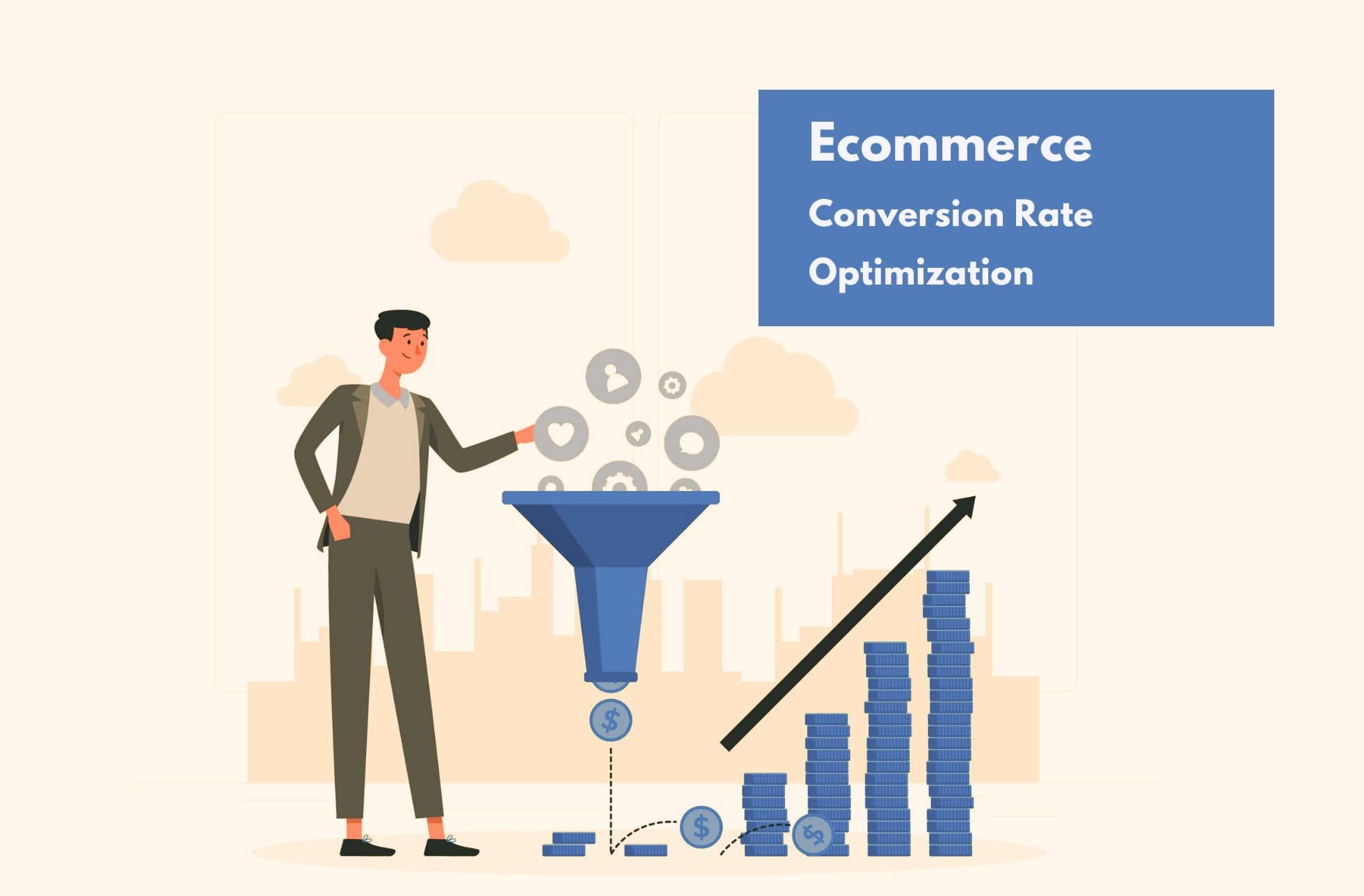Facing omnichannel shoppers, brands must adapt their CRM to new customer expectations. Are you ready to move on?
Implementing a Trigger Marketing strategy is highly appreciated by customers thus improves loyalty.
Definition of Trigger Marketing
Some of you may ask yourself: “What is Trigger Marketing ?” This is simply the automation of direct marketing campaigns and it’s kind of step-stone for marketing teams.
Trigger Marketing is based on predefined rules and scenarios, upon which a suitable customized message is automatically sent. Companies are then capable of instantly reacting to a customer’s action towards the brand, or to events composing the customer’s journey.

In order to keep the human relationship with your customers and make your content as personal as possible, your best move is to create custom fields filled with your data. Any data sources can be taken into consideration, from your website to your store, and used to make multidimensional targeting or customized content.
Communications can be sent through email, print, call-center, SMS, push notification, etc. Any output channel can be plugged in!
Studies show that trigger based marketing automation has an average ROI coefficient between 5 and 15. It allows companies to save time and money thanks to task automation while generating additional earnings.
Keep in touch throughout the customer life cycle
Applying an engagement program which adapts to your customer journey is a real asset for your customer relationship strategy.
Some examples:

● Welcome – Make good impression as soon as the relationship begins
● Nursing – Improve customer loyalty bringing him at the forefront of your priorities
● Leaving – Anticipate the loss of sales through retention programs
● Reconquer – Recover inactive customers before it’s too late
Forget mass communication and evolve to a 1 to 1 relationship with your customer!
Implement a trigger strategy
It doesn’t matter if you are a retailer or a pure-player, each company can use information on its customers to send relevant communication.
First of all, you need to gather all your data in the same database.
Thanks to Big Data technologies, cross all information of any type and analyse them to understand behaviors; this is the best way to learn about your customers.
Target each contact individually.
Thanks to a larger scope of information, you’re able to segment your customers taking into consideration all criteria available in your database.
Next, define your scenarios.
Identify which customer behavior will automatically trigger communications.
● Contact – welcome, website visit, review deposit, inactive relaunch…
● Order – thank you, loyalty reward, replenishment, cart abandonment…
● Event – birthday, product launch, invitation…
Finally, you just let the automation work for you.
Choose which output channel and template is the most relevant for your customers. Always keep in mind that people receive a lot of communication. Flood them and you’re over; we advise you to test and optimize your trigger strategy.
Distinguish yourself.
Don’t forget to customize content. For example, use a product recommendation engine to enable personal communications with each contact. Show your customers and prospects that you care. That’s all!
Our vision
To be honest, we want you to avoid wasting time.
Here, at Marketing 1by1, we have developed a marketing automation software suitable on most markets.
We give access to a library of ready-to-use triggers and product recommendation templates. Now, let’s start a new kind of relationship with your customer.

Marketing Trigger enables you to offer a real omnichannel experience to your customers. It’s a strength for companies which bring it at the core of their customer loyalty strategy. That’s why you have to do it right.
I hope this article was interesting, if you learned something, feel free to share it! 🙂

